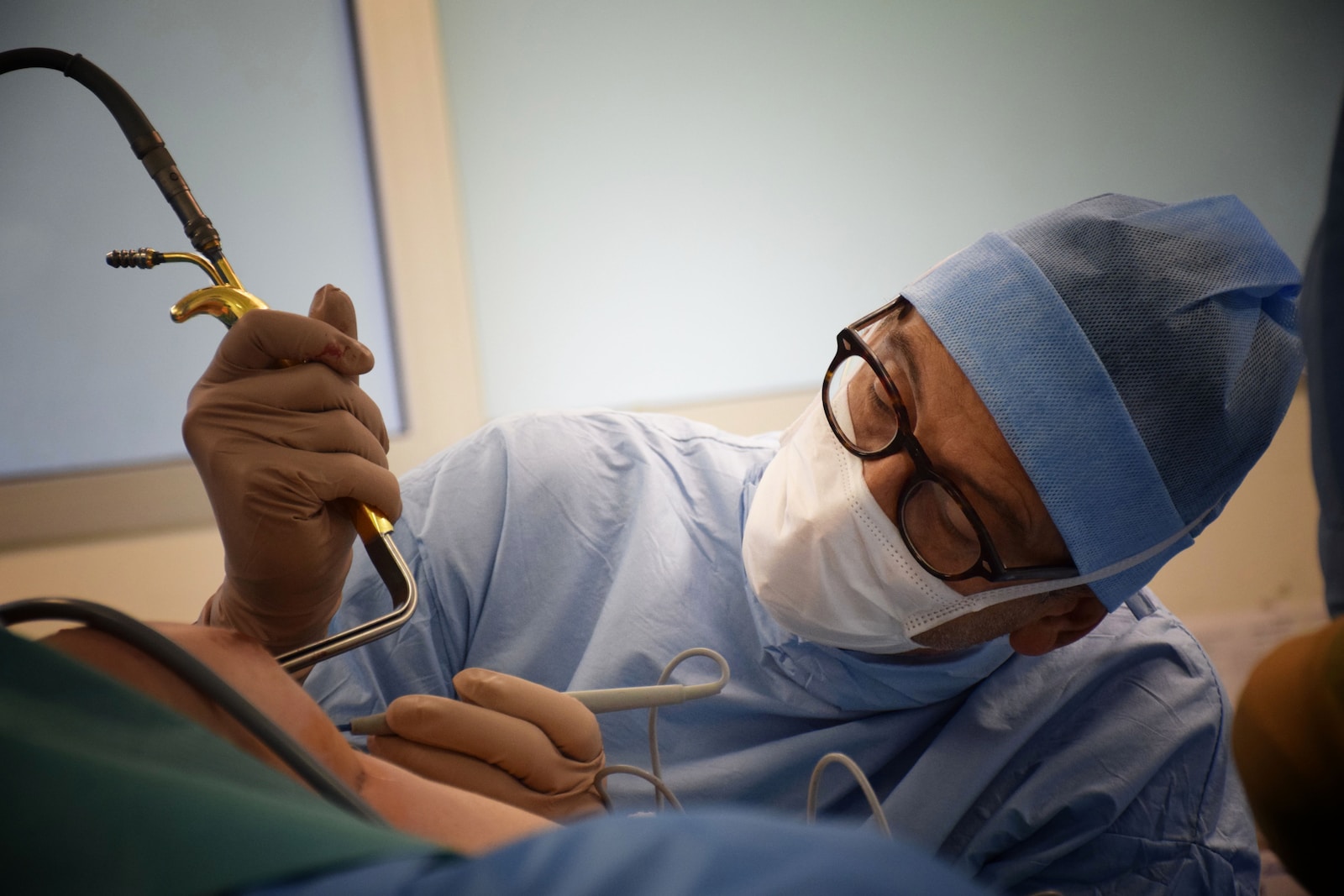Here are the answers to some commonly asked questions about male breast reduction.
The National Institutes of Health have reported that nearly 60 percent of teenage boys and up to 70 percent of men over 50 suffer from a condition known as gynecomastia.
Gynecomastia is often confused with fat; however, there is an important distinction between gynecomastia vs fat. Gynecomastia results in the overdevelopment and enlargement of male breast tissue, causing the breasts to become more prominent or grow unevenly. It is associated with genetics, hormonal imbalances, or sometimes certain medications. While ordinary chest fat, which is usually softer, is caused by poor diet and weight gain.
A male breast reduction is a surgical procedure used to remove excess tissue and reshape the area of the chest. For many patients, this can result in a more traditionally masculine silhouette and increased confidence and self-esteem. It may also help to relieve the chafing and soreness often associated with gynecomastia.
What is a male breast reduction?
Male breast reduction surgery is an effective way to treat gynecomastia in male patients.
During a male breast reduction procedure, an experienced plastic surgeon will use a combination of liposuction, tissue excision, and body contouring techniques to remove excess tissue, reshape the nipple-areolar complex, and give the chest a more sculpted, traditionally masculine shape.
How the procedure is approached will vary depending on the severity of the patient’s gynecomastia, which is classified from grade I to grade IV based on the extent of the breast enlargement and the amount of ptosis (drooping) that is present.
How much does a male breast reduction cost?
The cost of a male breast reduction procedure will vary depending on the methods used for the procedure, the experience of the plastic surgeon, your geographic location, and the specifics of your particular case.
If you are wondering how much your procedure may cost, you will want to request a consultation with an experienced, board-certified plastic surgeon. They will be able to guide you through the potential costs of your surgery.
Will insurance cover a breast reduction surgery?
In the majority of cases, insurance will not cover male breast reduction surgery. However, it is possible that some insurance plans may cover all or part of the cost of your surgery, particularly if you are in your teens or early twenties and experience medical complications such as severe skin rashes, chafing, or moderate to severe chest pain.
Generally speaking, most insurances will only cover surgical costs if the procedure has been deemed “medically necessary” by a physician. If you believe this may apply to you, you can consult with your plastic surgeon and your insurance provider to see whether your part or all of your surgical costs may be covered.
What is the procedure for gynecomastia like?
There are two surgical techniques commonly used to treat gynecomastia: liposuction and tissue excision. In some cases, the procedure may involve a combination of both.
Male breast reduction through liposuction
Minor grade I gynecomastia can often be resolved through liposuction alone. In these cases, an experienced plastic surgeon will make small incisions on either side of the patient’s chest, then use liposuction to carefully remove excess tissue and create natural-looking contours.
Male breast reduction through tissue excision
In cases of severe gynecomastia, a plastic surgeon may also surgically excise tissue using several small incisions under the arms and breast crease and around the areola.
Both the location as well as the length of incisions will depend upon the extent of the surgery required. A board-certified plastic surgeon will be able to carefully minimize any visible scarring.
What does recovery look like after gynecomastia surgery?
Your recovery process may vary depending on the surgical methods used, but most patients can expect to return to work and most normal activities within a few days.
You can expect to resume regular exercise within three to four weeks, although strenuous upper-body exercise should be avoided until at least six weeks into recovery.
After a period of six weeks, most patients find that they are able to engage in nearly any activity, including strenuous exercise of the pectoral muscles. Although some swelling may persist beyond this point, it should subside over the course of the next few weeks, and any scarring should fade over the course of the following year.
Eating a healthy diet, abstaining from smoking, and carefully following your surgeon’s post-operative instructions can also help to ensure the smoothest possible recovery.
Who is a good candidate for a male breast reduction?
The best candidates for a male breast reduction procedure are generally healthy non-smokers who experience swelling of the breast tissue that cannot be corrected through diet, exercise, or other medical treatments.
Patients are also more likely to experience satisfying, long-lasting results if they are at or near their preferred body weight and have reached an age where they do not expect further breast development.
Although adolescents may benefit from male breast reduction surgery, future secondary procedures might be necessary if breast development continues.
How to find the right plastic surgeon for male breast reduction
For many patients, male breast reduction can boost self-esteem and confidence and reduce the rashes, chafing, and soreness associated with gynecomastia. If you think this procedure may be the right choice for you, request a consultation with an experienced plastic surgeon. In particular, you should look for a surgeon who has a robust portfolio of previous work and has been certified by the American Board of Plastic Surgery. ABPS-certified plastic surgeons will have the rigorous training and surgical knowledge to help you set realistic expectations for your procedure and guide you through the entire recovery process.


